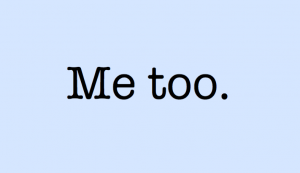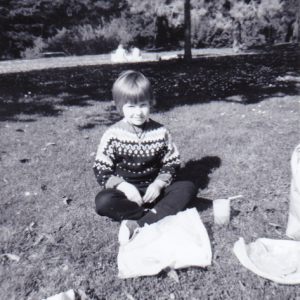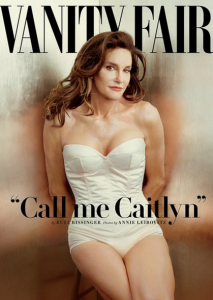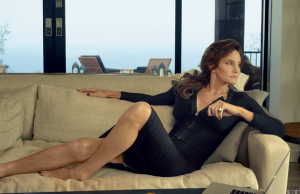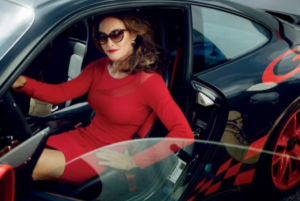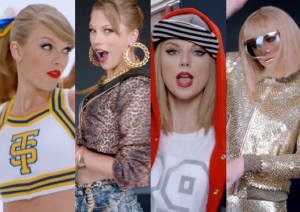Icicles, those shimmering, elemental, diamond-like structures, may be nothing but water, but they can turn deadly in the right circumstances. Imagine a dark winter’s night in a Finnish forest, the sounds of icicles crashing down around you, the air filled with shattering noises and the wailing of the wind. You hear the cracking of tree limbs weighed down by their icy shrouds, the lowing of frightened animals in the barn, and your mind turns to the stories your grandmother told you about the spirits of the forest, the demons, the maleficent influence of the long dark nights, the wild animals, the errant hunters. This is the sound of Värttinä.
Nearly 40 years ago Finnish sisters Sari and Mari Kaasinen took their love of Finnish and Karelian (southeastern Finnish) folklore and decided to add music to their recitations of poetry and epic stories. They named their group Värttinä, which means “spindle,” as a way to honor women’s traditions and creations, and ever since the group has sung in the Karelian dialect of the Finnish language accompanied by various acoustic instruments.
Värttinä has long been known for singing “korkeelta ja kovvoo” (high and loud) in a style Americans may recognize as sharing some elements of singing made popular by Bulgarian women’s choirs in the 1980s and early 1990s. The group mixes wonderfully intricate and unexpected rhythms with high, vibrato-free, intense women’s voices singing in close but dissonant harmonies. Their nasal, diaphonic, tension-filled sound isn’t what most of us who grew up on Western musical traditions usually find beautiful. Yet there is an intense and dramatic quality to their music, and their precision and power bring joy to what could otherwise be a jarring, even disturbing sound.
Many of their songs are based on Finnish folk tales involving death, darkness and misery, but there’s an open-throated ardency and precision to their music that helps one understand how sitting before the fire on a stormy night sharing bloody tales of horror could be a fascinating way to while away the long, dark Finnish winters.
Finland had an ancient tradition of oral storytelling and poetry, but it was overshadowed by the rise of European-style rhymed written poetry around the 18th century. During the 19th century Elias Lönnrot compiled centuries’ worth of Finnish (and probably ancient Estonian) folk tales and combined them into the written epic poem known as the Kalevala. The poem, first published in 1835, is the national epic of Karelia and Finland. The region spent ages under the thumb of Swedish and later Russian domination, and the compilation of stories into the Kalevala made it easier for Finns to share and treasure their history. This led to the rise of a Finnish national identity and inflamed the desire of Finns to be self-governing and to use and delight in their own language instead of subsuming their identity to conquering nations’ desires. The movement inspired by the power and popularity of the Kalevala is said to have propelled the growth of national pride that resulted in Finland’s independence from Russia in 1917.
I first heard Värttinä on the PRI radio show “The World” in the late 1990s around the time that their album Vimha was released. The title cut, which means “The Ice Storm” in Finnish, captured my imagination instantly. I was captivated by the complexity of the rhythms, the unexpectedly bold and dissonant yet beautiful voices, and the joy of hearing rapid-fire Finnish, which was the first language of my beloved grandmother. She had sung to me in Finnish when I was a little girl, and I played and sang Finnish folk songs to her at the piano during my teens, though those songs were nothing like the wild, animalistic, galloping folksongs of Värttinä.
There is a tradition of darkness in Finnish culture which can also be found in Russian literature; it’s not surprising considering the bitterness and length of the dark winters and the dangers inherent in making a life in such inhospitable surroundings. But there is also an indomitable spirit to be witnessed and savored in their arts, and a powerful desire to face down death in order to reaffirm the life force. Värttinä adds a strong feminist element to this desire to acknowledge but laugh in the face of death. While this formerly all-female group has expanded to include men over time, and men have gone on to write much of their music, the power of women’s voices still underlies their modern take on roots music.

